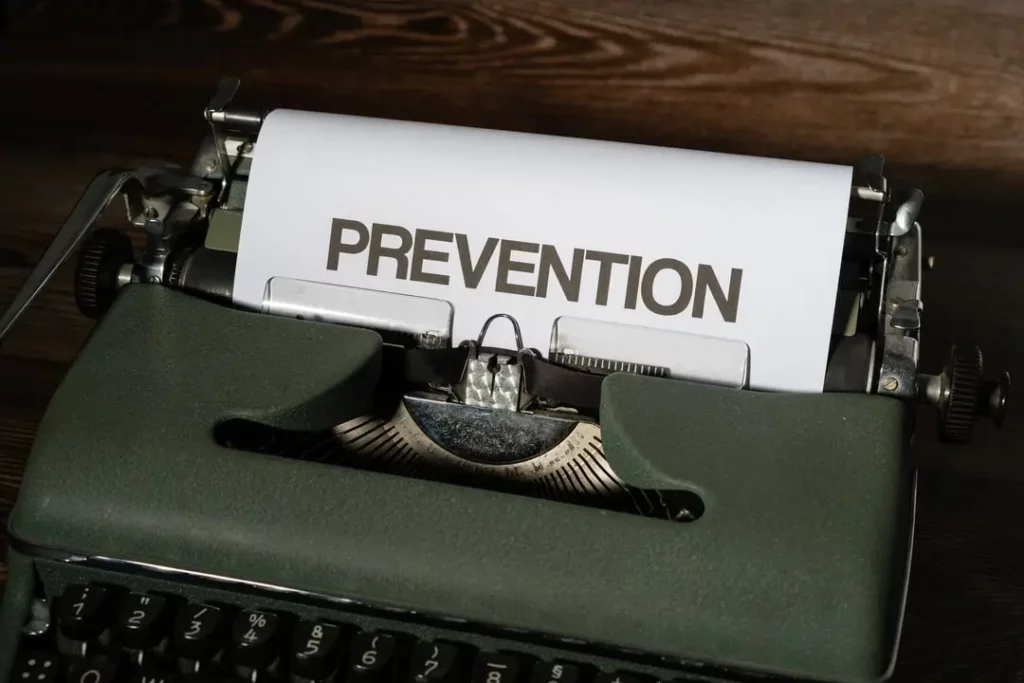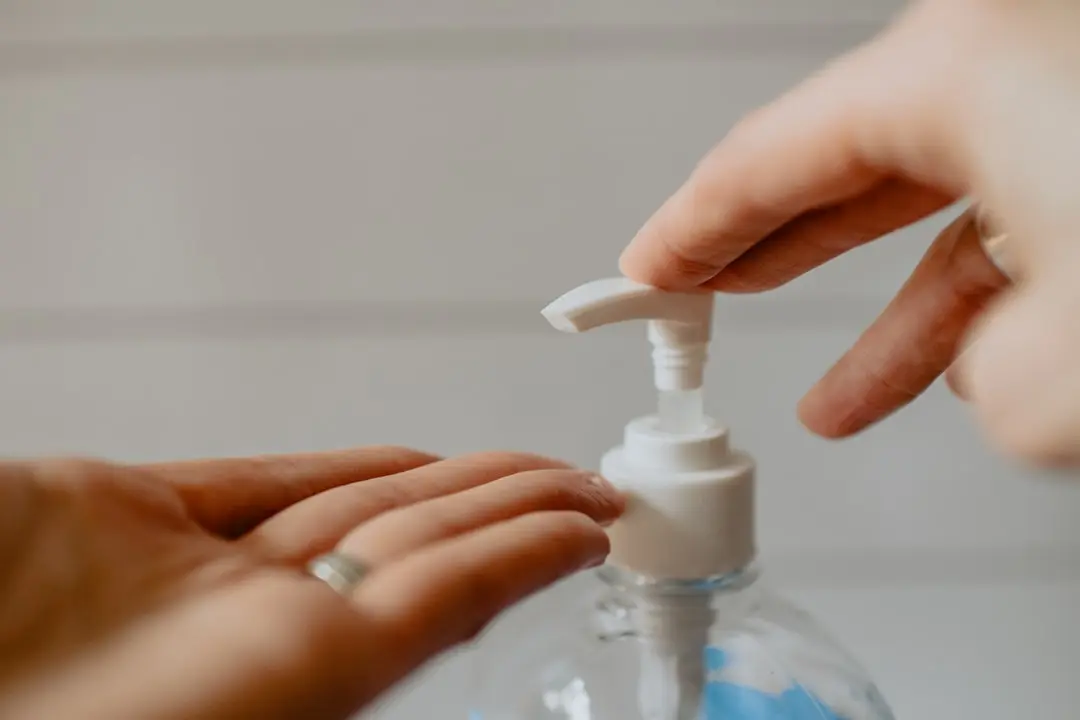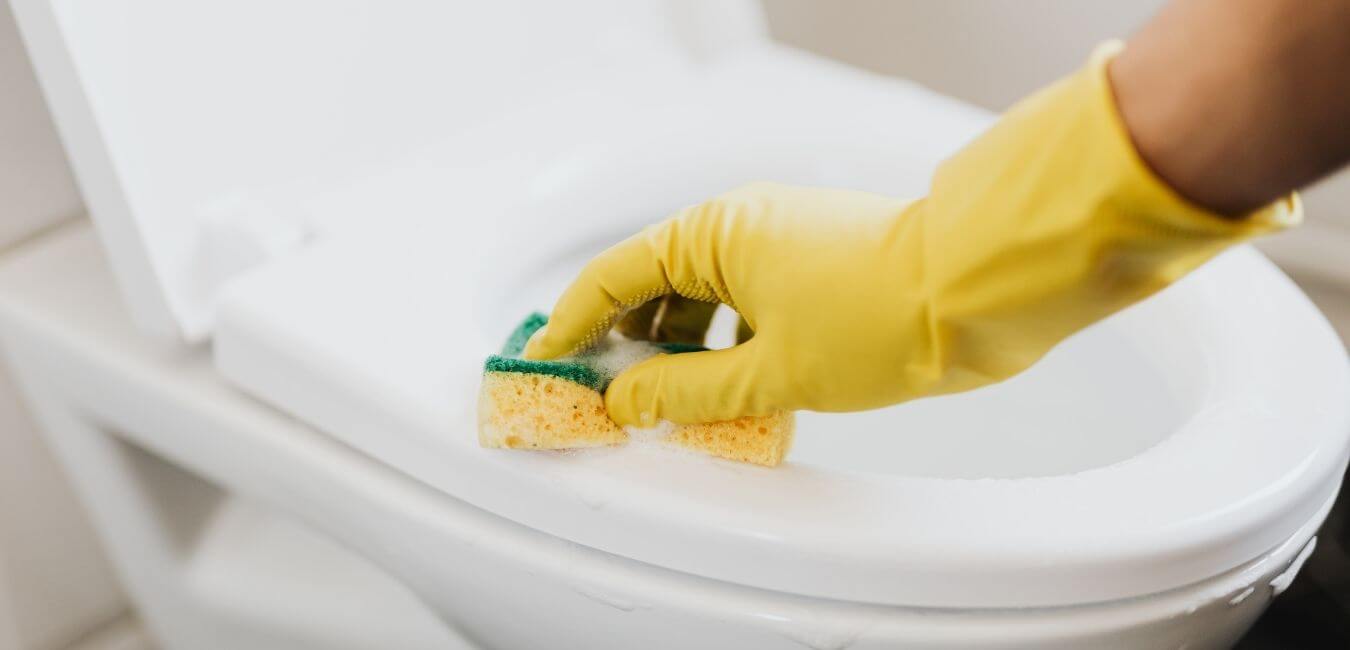Concrete surfaces are magnets for unsightly salt stains, especially in colder regions where de-icing salts are commonly used. Unfortunately, water alone can’t effectively combat these stubborn marks.
This blog post will teach you some proven methods to remove salt stains from your concrete surfaces without inflicting any damage. Continue reading and learn foolproof ways to restore the beauty of your driveways, parking lots, or any other concrete spaces!
KEY INFORMATION
- Concrete surfaces can develop unsightly salt stains, especially in colder regions where de-icing salts are commonly used.
- When removing salt stains from concrete, factors to consider include the type of surface, severity of stains, and weather conditions.
- Effective methods for removing salt stains include spraying affected areas with water, using a mixture of vinegar and dish soap or detergent to scrub the surface, and thoroughly rinsing with clean water.
- Mistakes to avoid when removing salt stains include using abrasive materials that can damage the concrete, neglecting to rinse the surface properly, and not applying a protective sealant after cleaning.
- Preventive measures for avoiding salt stains on concrete surfaces include promptly shoveling snow and ice, using a salt alternative or calcium magnesium acetate instead of traditional de-icers, and applying a protective sealant.
Factors to Consider When Removing Salt Stains from Concrete Surfaces

When removing salt stains from concrete surfaces, there are several factors to consider. The type of concrete surface, the severity of the salt stains, and weather conditions all play a role in determining the most effective method of removal.
1. Type of concrete surface
Concrete surfaces are different. Some are smooth, and others rough. Many have tiny holes. These types hold salt stains deep inside them. This kind of surface needs special care when removing the stains.
Rough or pitted surfaces may need more scrubbing with a stiff brush to get rid of the stains. Smooth concrete might be easier to clean but can show water spots after cleaning if not dried well.
2. Severity of the salt stains
Salt stains on concrete surfaces can vary in severity depending on factors such as the amount of salt that has accumulated and how long it has been there. The longer the salt stains have been present, the more deeply they can penetrate into the concrete.
This means that more effort may be required to remove them completely. Additionally, severe salt stains may appear as white crusty deposits or discoloration on the surface of the concrete.
It’s important to address salt stains promptly and use effective removal methods to prevent further damage to the concrete.
3. Weather conditions
Weather conditions play a crucial role when it comes to removing salt stains from concrete surfaces. It is important to choose the right time for cleaning, as extreme temperatures can affect the effectiveness of the cleaning solution.
Ideally, it is best to clean on a day when temperatures are above freezing and there is no rain or snowfall. This allows the cleaning solution to work effectively without being diluted by water or frozen by cold temperatures.
By considering weather conditions, you can ensure that your efforts in removing salt stains from concrete surfaces are successful.
Effective Tips and Tricks for Removing Salt Stains
To effectively remove salt stains from concrete surfaces, start by spraying the affected areas with water to loosen the salt residue. Then, create a mixture of vinegar and dish soap or detergent in warm water.
Scrub the concrete surface using a stiff brush to lift and dissolve the stains. Rinse thoroughly with clean water and repeat the process if necessary for stubborn stains.
1. Spray the affected areas with water
To effectively remove salt stains from concrete surfaces, start by spraying the affected areas with water. Wetting the surface helps to loosen and dissolve the salt deposits. It’s important to thoroughly wet the stained areas before proceeding with any cleaning solutions or scrubbing.
This step ensures that the water can penetrate and break down the salt stains, making them easier to remove. By spraying water on the surface, you’re preparing it for a more effective and successful removal process.
2. Use a mixture of vinegar and dish soap/detergent
To remove salt stains from concrete surfaces, you can make a solution by mixing vinegar and dish soap or detergent. This method is effective in breaking down the salt deposits and lifting them off the concrete.
For every gallon of warm water, you should add 1 cup of vinegar and a squirt of dish soap or detergent. After wetting the affected areas with water, scrub the concrete surface using this mixture.
Use a stiff brush to ensure proper cleaning. Rinse the surface thoroughly with clean water and repeat the process if necessary. This mixture can also be used to remove oil stains and white salt residue called efflorescence from concrete surfaces.
3. Scrub the concrete surface with a stiff brush
Scrubbing the concrete surface with a stiff brush is an effective way to remove salt stains. Make sure to wet the affected areas with water first, then prepare a solution of warm water, vinegar, and dish soap.
Using the solution, scrub the stains vigorously with the stiff brush until they are lifted from the surface. Rinse thoroughly with clean water afterward to ensure all residue is removed.
If necessary, repeat the process until the stains are completely gone. This method can also be used to remove oil stains and white efflorescence from concrete surfaces.
4. Rinse thoroughly with clean water
After scrubbing the concrete surface with vinegar and detergent solution to remove the salt stains, it’s important to rinse thoroughly with clean water. This step helps to wash away any remaining residue and ensure a clean finish.
Make sure to use enough water to completely remove all traces of the cleaning solution from the surface. By rinsing properly, you can leave your concrete looking fresh and salt-stain-free.
5. Repeat the process if necessary
If the salt stains are not completely removed after following the steps mentioned above, don’t worry. You can repeat the process to ensure thorough cleaning. Sometimes stubborn salt stains may require multiple attempts for effective removal.
So, if you still see some residue or discoloration on the concrete surface, simply go through the same steps again until you achieve satisfactory results. Remember, patience and persistence are key when it comes to removing tough salt stains from concrete surfaces.
Mistakes to Avoid When Removing Salt Stains

Using abrasive materials can damage the concrete, neglecting to thoroughly rinse the surface, and not applying a protective sealant after cleaning.
1. Using abrasive materials that can damage the concrete
Avoid using abrasive materials when removing salt stains from concrete surfaces. Abrasive materials such as wire brushes or sandpaper can cause damage to the concrete, leaving scratches and marks.
It’s best to use a stiff brush or scrubbing pad that is gentle but effective in removing the salt stains without harming the surface. Remember to always handle the cleaning process with care to maintain the integrity of the concrete.
2. Neglecting to thoroughly rinse the surface
After scrubbing the concrete surface with vinegar and detergent solution to remove salt stains, it is crucial not to forget to thoroughly rinse the surface. This step ensures that all the residue from the cleaning solution and salt stains are completely removed.
If not properly rinsed, leftover residue can cause discoloration or even damage to the concrete. Therefore, take your time to rinse the surface with clean water until no traces of cleaning solution or salt stains remain.
It’s an essential final step in effectively removing salt stains from concrete surfaces and maintaining their appearance and durability for a longer period of time.
3. Not applying a protective sealant after cleaning
After removing salt stains from your concrete surface, it is crucial not to forget one important step: applying a protective sealant. A protective sealant helps to create a barrier that prevents future salt stains and other contaminants from penetrating the concrete.
By sealing the surface, you can prolong its lifespan and keep it looking clean and vibrant for longer. So don’t skip this important step in your cleaning process!
Preventive Measures for Avoiding Salt Stains

To prevent future salt stains on concrete surfaces, it is important to shovel snow and ice promptly, use a salt alternative or calcium magnesium acetate, and apply a protective sealant.
Want to know more about these preventive measures? Keep reading!
1. Shovel snow and ice promptly
Promptly shoveling snow and ice is an important preventive measure to avoid salt stains on concrete surfaces. When you remove the snow and ice as soon as possible, you minimize the chances of them melting and mixing with salt or ice melt, which can lead to stains on your concrete.
By being proactive and clearing the snow and ice promptly, you can prevent salt stains from forming in the first place. So, grab your shovel and make sure to clear your concrete surfaces after a snowfall to keep them looking clean and stain-free.
2. Use a salt alternative or calcium magnesium acetate
To prevent salt stains on concrete surfaces, you can use a salt alternative or calcium magnesium acetate instead. These alternatives are less damaging to the concrete and do not leave behind unsightly stains.
By using these substitutes, you can keep your concrete looking clean and avoid the hassle of removing salt stains in the first place.
3. Apply a protective sealant to the concrete surface
To protect the concrete surface from future salt stains, it is recommended to apply a protective sealant. This sealant creates a barrier that prevents the salt and other substances from penetrating into the concrete.
It also makes it easier to clean any salt stains that do occur in the future. Applying a protective sealant helps to maintain the appearance and longevity of your concrete surfaces, whether it’s driveways, parking lots, or sidewalks.
So don’t forget this important step in keeping your concrete surfaces looking clean and stain-free!
Frequently Asked Questions

1. What are the effective methods to remove salt stains from concrete surfaces?
Effective methods to remove salt stains involve using acid or base cleaning solutions and careful stain removal techniques.
2. How can I prevent white salt stains on my concrete driveway?
You can avoid white stains caused by salt on your concrete driveway through preventive measures like regular surface maintenance and applying certain treatments.
3. Are there tips for removing stubborn salt stains from parking lots?
Yes, thorough washing of the area with a mix of water and vinegar is an effective tip for removing tough salt stains from parking lots.
4. What should we avoid doing when getting rid of salt spots on our cement floors?
Avoiding damage during stain removal is crucial; hence, it’s important not to use tools that could scratch or harm the concrete surface while cleaning off the salts.
5. What is a useful way to maintain my outdoor cement flooring after eliminating all the salt smears?
Maintaining your cleaned concrete surfaces free from future staining requires routine washing and drying, which helps avoid new layers of unwanted mineral deposits.
Conclusion and final thoughts
In conclusion, removing salt stains from concrete surfaces can be done effectively with the right tips and tricks. Factors like the type of surface, severity of stains, and weather conditions should all be considered when deciding on a cleaning method.
Remember to avoid common mistakes such as using abrasive materials or neglecting to rinse properly. Also, taking preventive measures like shoveling snow promptly and applying a protective sealant can help avoid future salt stains.
By following these methods, you can keep your concrete surfaces clean and free from unsightly salt stains.








